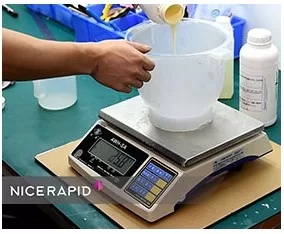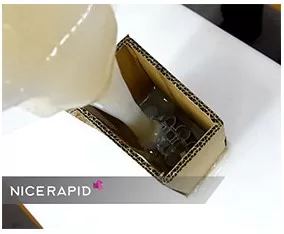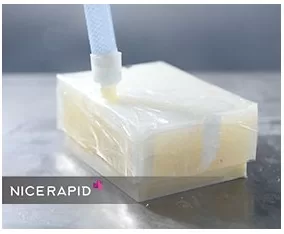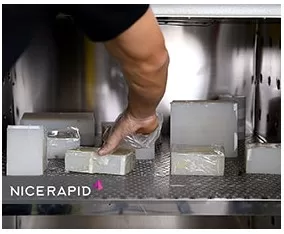Vacuum Casting
Experience precision and efficiency with our vacuum casting service. From prototypes to production parts, we deliver exceptional quality every time.
Vacuum Casting Services
Vacuum casting, ideal for prototypes, one-offs, and small batches, mimics injection molding properties effectively. Mainly used for molding two-part polyurethane (PUR), it offers a wide array of grades, colors, transparencies, and densities. Silicone molding is a popular prototype casting method, offers quick turnaround, low cost, and minimal processing risks. With just one silicone mold, it can produce over 20 identical products. Material options include ABS, PP, PC, PMMA, high-temperature resistant materials, flexible adhesive, and silicone rubber.
What is Vacuum Casting?
In stage one, the liquid PUR is drawn into the mold which is held under vacuum. This ensures that the material has porosity, will flow through the mold cavity and will not be restricted by air pressure. The PUR is held high above the mold, so as it is poured into the mold and runs underneath gravity forces it to rise upwards. The runner is designed to supply a curtain of liquid PUR. It flows through the mold and up the risers in part A. There are lots of risers to ensure that the mold is evenly filled.
After a few minutes, the mold cavity is filled and the vacuum equalized. The mold is left closed for the complete curing time, which is typically 45 minutes to four hours. In stage two, the part is ejected and the flash, risers and excess material are removed.
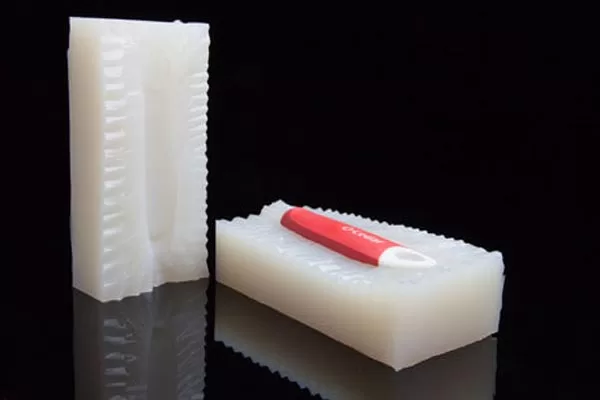
Master Pattern and Prototype
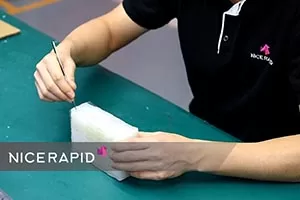
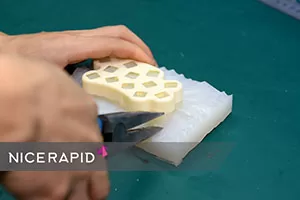
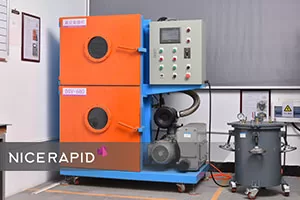
Advantages of Vacuum Casting
Cost-Effective Prototyping
Vacuum casting is an economical solution for creating prototypes compared to traditional methods like injection molding.
Fast Turnaround
It offers rapid turnaround times, making it ideal for quickly iterating and testing designs.
Low Volume Production
Vacuum casting is well-suited for low-volume production runs, providing flexibility in manufacturing small batches of products.
Material Variety
It supports a wide range of materials, including various grades of polyurethane (PUR), allowing for the replication of different material properties.
Surface Finish Quality
Vacuum casting produces parts with high-quality surface finishes, minimizing the need for post-processing.
Complex Geometries
It can replicate intricate and complex geometries accurately, ensuring that prototypes closely resemble final products.
Minimal Tooling Costs
Compared to injection molding, vacuum casting requires minimal tooling, reducing initial setup costs.
Customization
Vacuum casting allows for easy customization of parts, enabling tailored solutions to meet specific project requirements.
Ready to Start Your Next Project?
Quick to Know How Vacuum Casting Working
Master Pattern Creation
Make a master pattern, often via 3D printing or CNC machining.
Mold Making
Create a silicone mold around the pattern.
Mold Preparation
Cut and clean the mold halves.
Material Selection
Select casting material like polyurethane or silicone.
Vacuum Degassing
Remove air bubbles from the material in a vacuum.
Casting
Pour the material into the mold.
Curing
Let the material solidify.
Demolding
Open the mold and take out the part.
Finishing
Trim, sand, paint, or assemble the part as needed.
The mold can be reused multiple times to create additional parts, making vacuum casting a cost-effective solution for producing small to medium quantities of high-quality prototypes or end-use parts.
Overall, vacuum casting offers a versatile and efficient way to produce complex parts with excellent surface finish and detail resolution, making it a popular choice for rapid prototyping and low-volume manufacturing applications
Check the video and pictures to help your understand more about vacuum casting processes.
